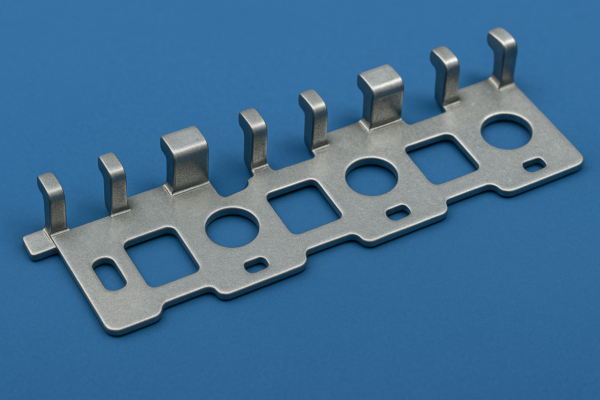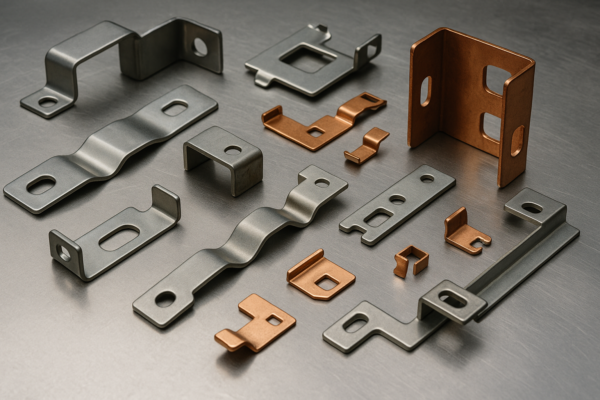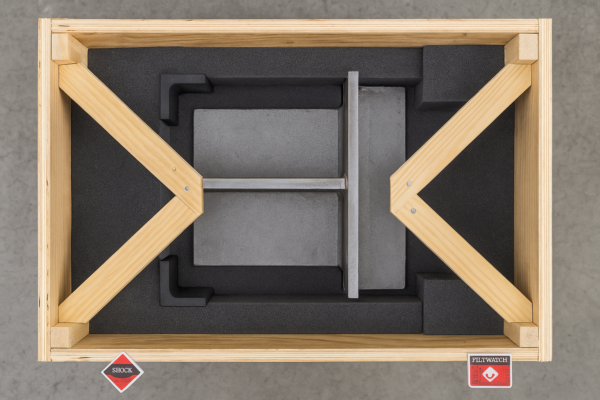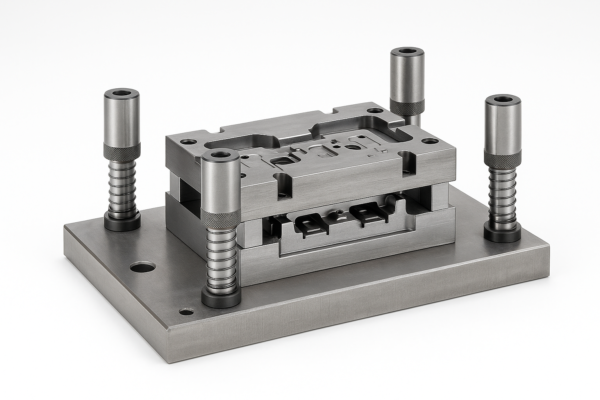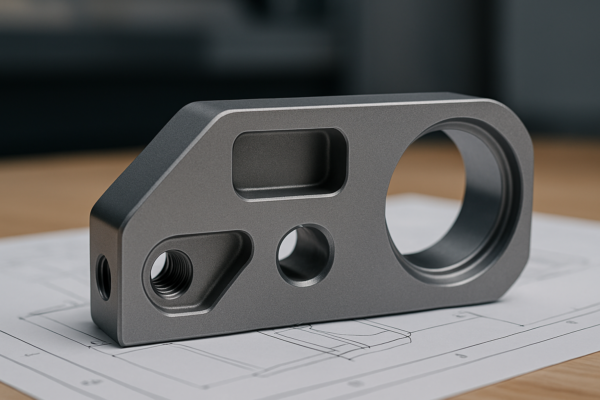What Tools Do You Need for a Metal Lathe?
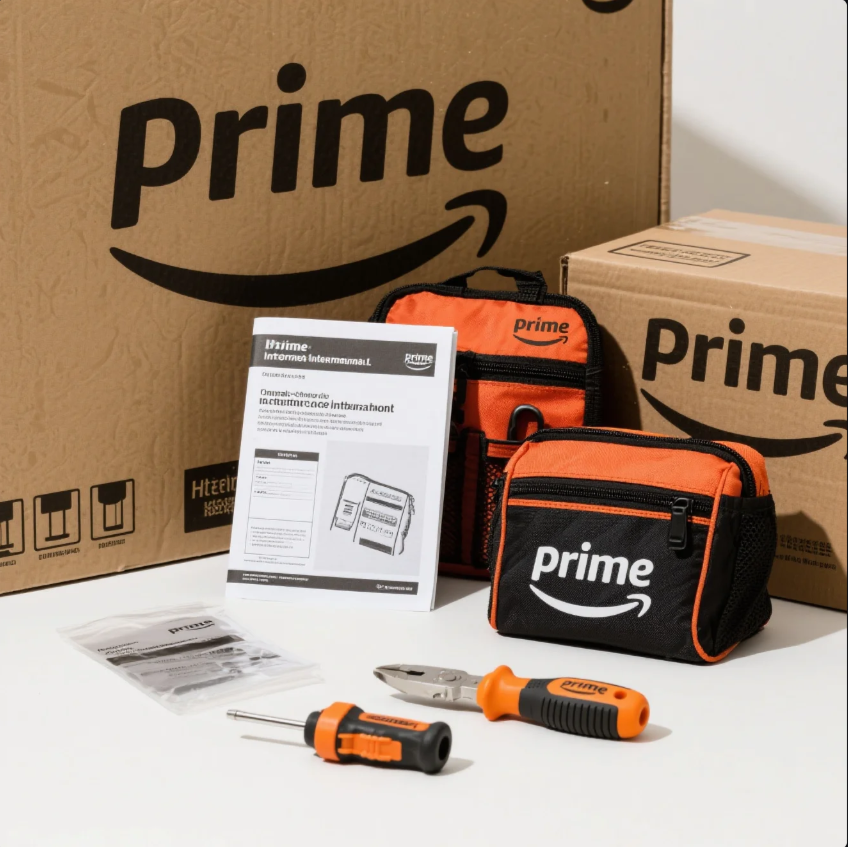
Setting up a metal lathe without the right tools leads to wasted material, poor finishes, and costly delays.
Knowing what tools you need for a metal lathe is key to accurate machining, especially for buyers ordering custom parts or managing production lines.
Whether you’re a beginner or managing procurement for a factory, this guide walks you through everything.
What Tools Are Needed for a Lathe?

Setting up a lathe isn’t just about the machine. The tools you choose decide your outcome.
Essential metal lathe tools include turning tools, facing tools, boring bars, threading tools, parting tools, and tool holders.
Basic Metal Lathe Tool Kit:
- Turning Tools – Shape external diameters.
- Facing Tools – Flatten workpiece ends.
- Boring Bars – Enlarge and finish holes.
- Threading Tools – Cut internal or external threads.
- Parting Tools – Cut finished pieces off.
- Knurling Tools – Create grip patterns.
- Tool Holders – Secure tools at proper height and angle.
We supply many of these in starter kits for customers setting up their first CNC lathe lines.
What Are the 5 Main Parts of a Metal Turning Lathe?
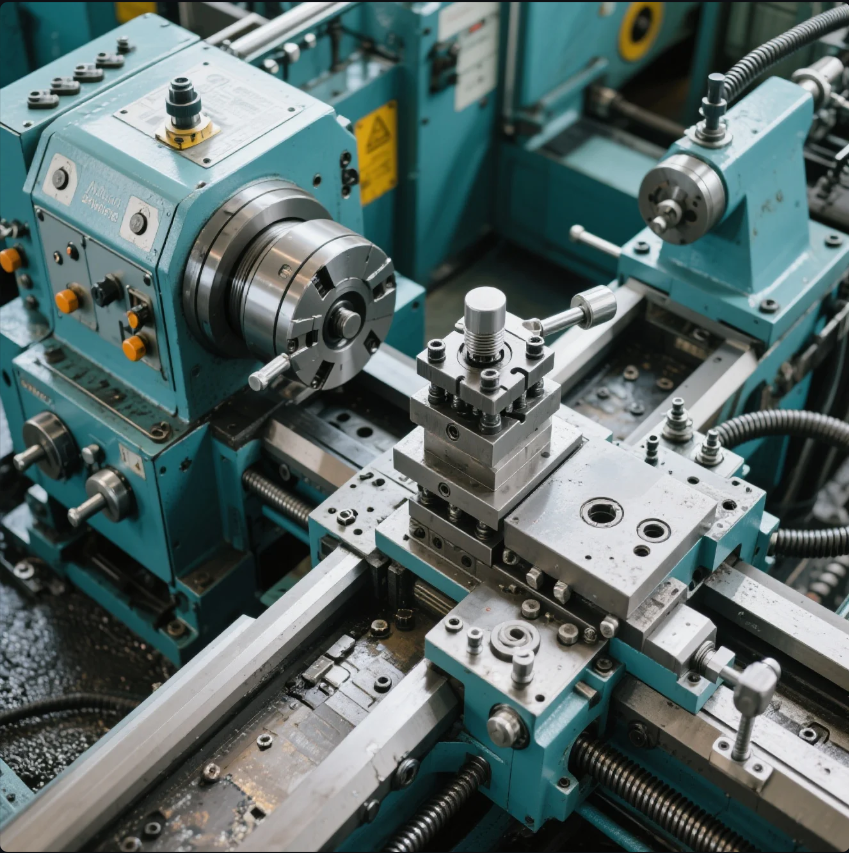
Knowing the structure helps in choosing compatible tools and accessories.
The 5 core parts of a metal turning lathe are the bed, headstock, tailstock, carriage, and feed mechanism.
Description Table
| Part | Function |
|---|---|
| Bed | Main frame supporting all components. |
| Headstock | Contains motor and spindle for rotation. |
| Tailstock | Holds tools or supports long workpieces. |
| Carriage | Carries and moves cutting tools along the bed. |
| Feed System | Mechanism that moves carriage or cross-slide automatically. |
All tooling decisions must match these parts in height, clearance, and stability. At Prime, we offer customized tool holders based on lathe models and machining tasks.
What Is the Most Common Cutting Tool for the Lathe?

Many clients ask us, "Which tool should I start with?"
The most common metal lathe cutting tool is the single-point turning tool, used for shaping cylindrical parts.
Types of Single-Point Tools:
- Right-Hand Tool – Cuts from right to left.
- Left-Hand Tool – Cuts from left to right.
- Neutral Tool – Cuts in either direction, often for roughing.
For stainless steel or harder materials, we supply carbide-tipped turning tools for longer life and reduced wear.
Prime’s production lines use both standard and custom-ground inserts for jobs with unusual material or tolerance specs.
What to Make on a Lathe Metal for Beginners?

If you’re new to metal lathes, start simple.
Beginners can make small cylindrical parts like spacers, bushings, shafts, and knobs to practice core operations.
Recommended Beginner Projects:
- Spacers – Great for learning diameter control.
- Threaded Rods – Practice external threading.
- Bushings – Combines turning and boring.
- Knurled Grips – Learn knurling techniques.
- Mini Shafts – Great for facing and parting skills.
Each project builds confidence with different tools and lathe functions. At Prime, we help first-time buyers with free design templates and tooling advice.
FAQs
1. Do you offer tooling kits with lathe part orders?
Yes. We provide standard or customized tool kits along with bulk metal lathe components.
2. Can I use carbide tools on all materials?
Carbide tools are ideal for steel, stainless, and hard alloys, but not for soft aluminum unless properly coated.
3. What’s the ideal tool height setting?
Tool tips should align with lathe center height—we offer pre-measured tool holders for faster setup.
4. Where can I find more tool specs?
You can check out Sandvik Coromant’s lathe tool selection guide for deeper details.
Contact Us
Need high-quality metal lathe tooling for your CNC or manual machine?


Get a free quote, custom tool configuration, and fast delivery worldwide. Every order comes with setup support.
Conclusion
Choosing the right tools for your metal lathe is the first step to safe, efficient, and precise machining. Let Prime help you source the best.

